Handbook. Earth Exploration–Satellite Service/Справочник. Исследование Земли - Спутниковая служба
Издание на английском языке
The International Telecommunication Union (ITU) is the leading United Nations agency for information and communication technology issues and the global focal point for governments and the private sector in developing networks and services. The Radiocommunication Sector of the ITU (ITU-R) plays a vital role in the global management of the radio-frequency spectrum – a limited natural resource which is increasingly in demand from a large and growing number of services including science services such as the Earth Exploration-Satellite Service (EESS). The EESS makes use of specific frequency allocations as documented in the ITU Radio Regulations (RR). Use of EESS frequency allocations is further refined in the RS Series (for remote sensing) and the SA Series (for space applications, in particular for data communications to and from science satellites) of the ITU-R Recommendations, based on technical characteristics and operational procedures.
Historically, on account of its specificity, the development of EESS has been considered by a narrow circle of specialists. This stems primarily from the fact that the main users have been various security agencies or scientific institutions dealing with the fundamentals of space and the Earth. However, as a result of technological development in this sphere, science services are giving rise to a large number of applications for which there is significant demand, as they are indispensable and extremely important in humankind’s quest to combat various natural and climatic disasters and mitigate their effects. In particular, it has been stated at the World Radiocommunication Conference 2007 that “the collection and exchange of Earth observation data are essential for maintaining and improving the accuracy of weather forecasts that contribute to the protection of life, preservation of property and sustainable development throughout the world”. At the same time, more and more applications, such as remote sensing imagery products, are emerging that respond to commercial demands.
This Handbook gives to readers a full and comprehensive information on development of EESS systems. Specifically, it provides basic definitions, sheds light on the technical principles underlying the operation of systems and presents their main applications to assist administrations in spectrum planning, engineering and deployment aspects of these systems.
Contents
Preface
Table of contents
Foreword
Chapter 1 – Introduction to the earth exploration-satellite service
Chapter 2 – Earth exploration-satellite telemetry, tracking, and command functions and technical implementations
Chapter 3 – Earth exploration-satellite service science data downlink functions and technical implementation
Chapter 4– Spaceborne active microwave sensors operating in the earth exploration-satellite service (active)
Chapter 5 – Spaceborne passive microwave sensors operating in the earth exploration-satellite service (passive)
Chapter 6– Societal benefits of the earth exploration-satellite service
Appendix 1 – ITU-R recommendations relevant to the earth exploration -satellite service
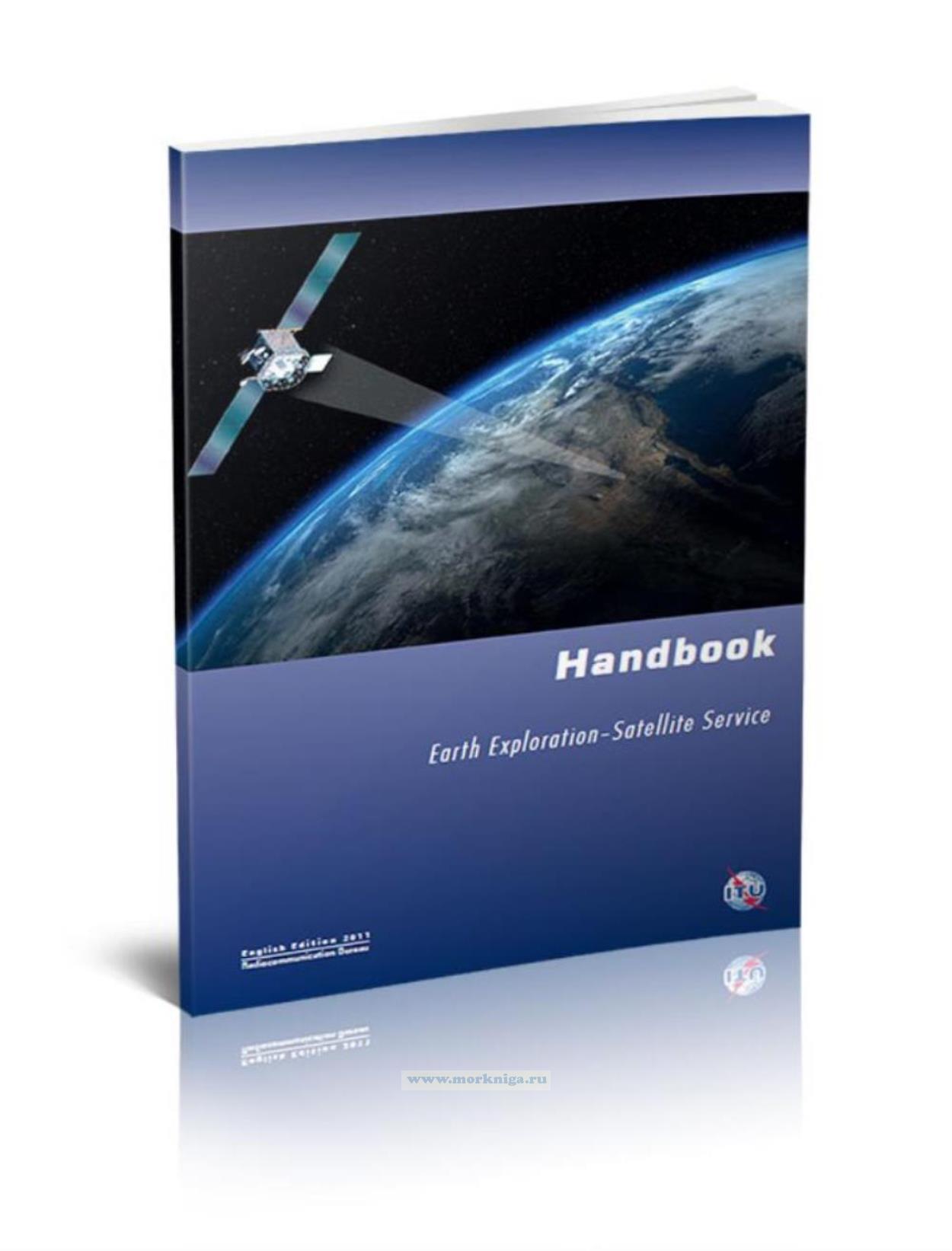
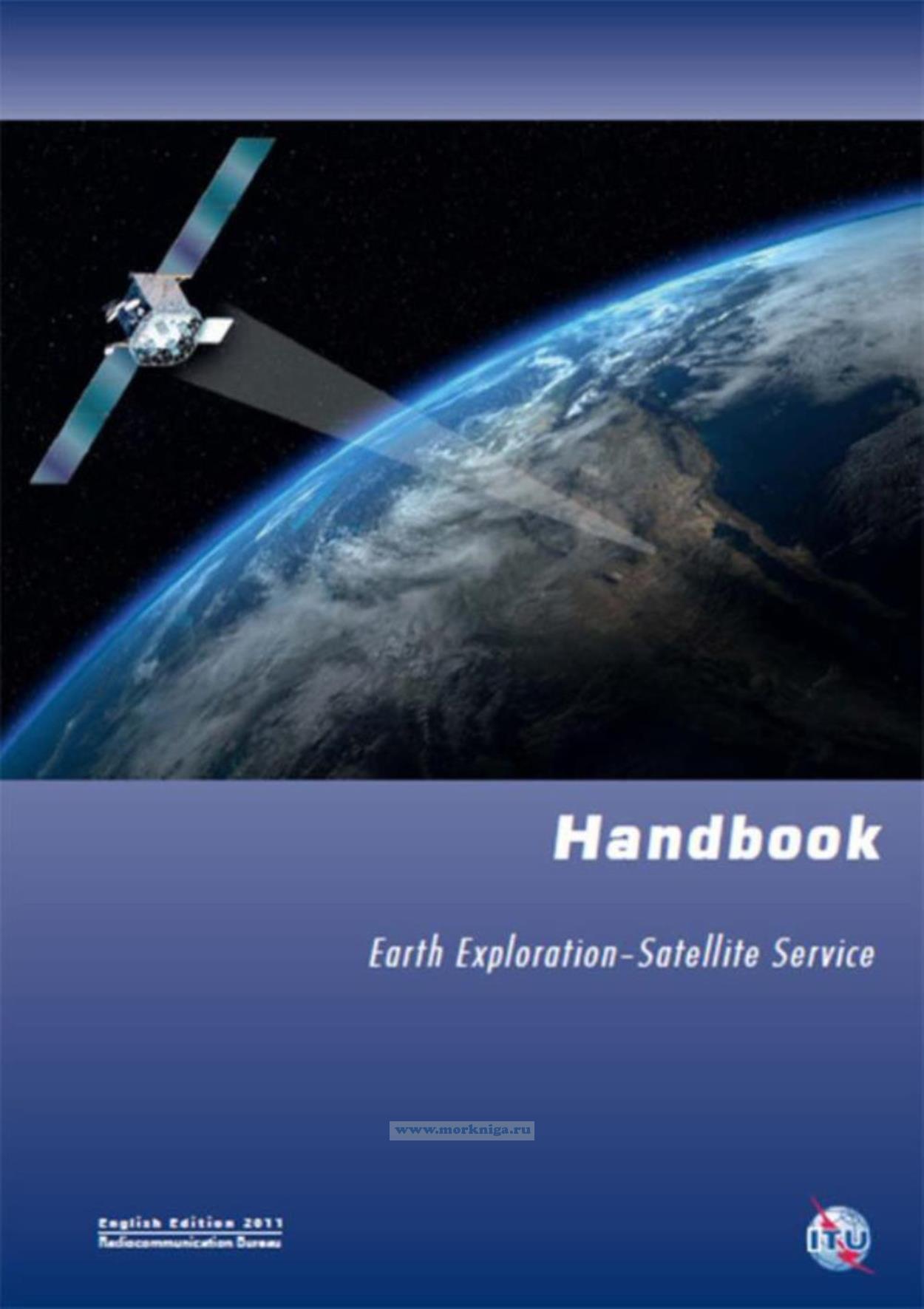
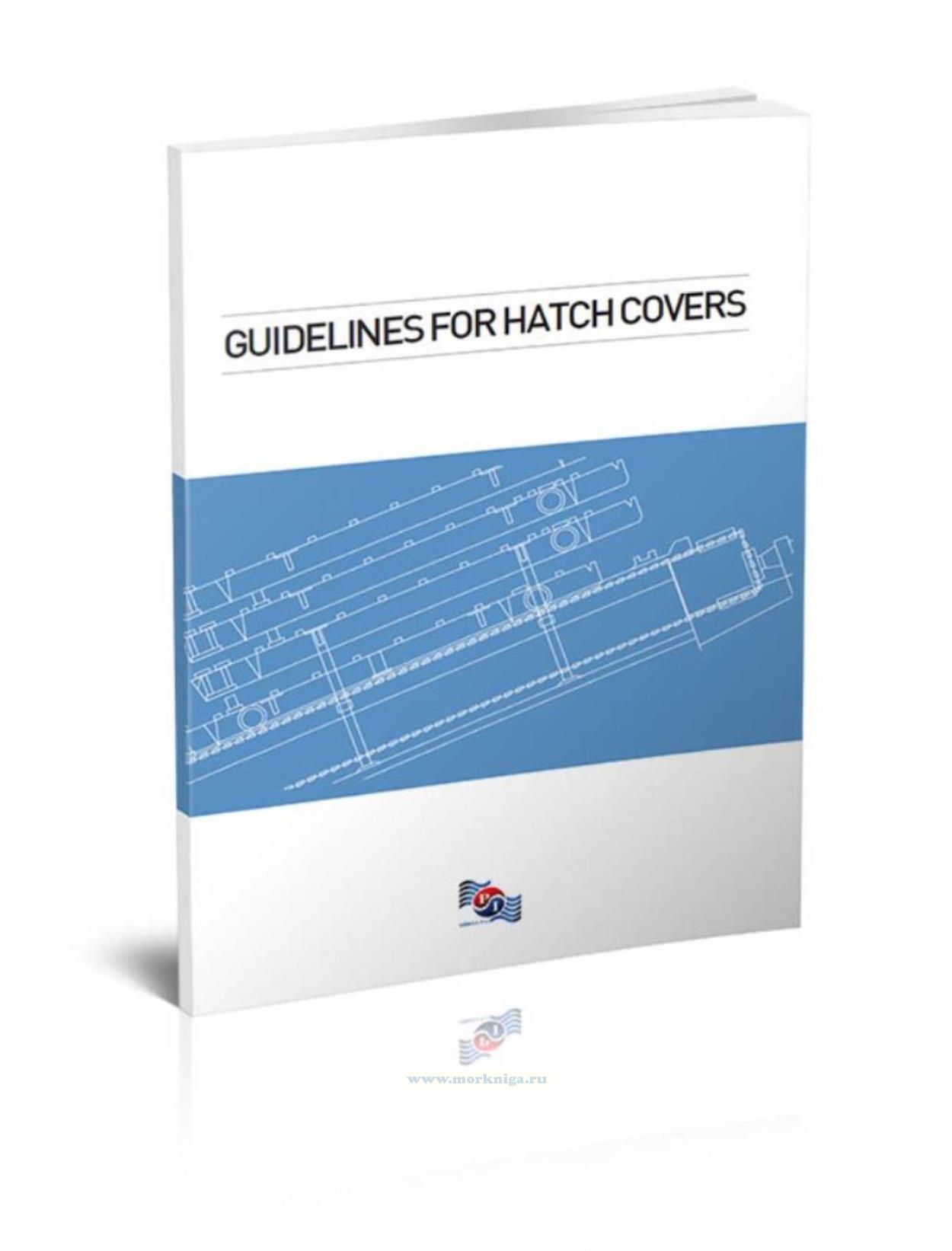 Guidelines for hatch covers/Руководство по крышкам люков
Guidelines for hatch covers/Руководство по крышкам люков 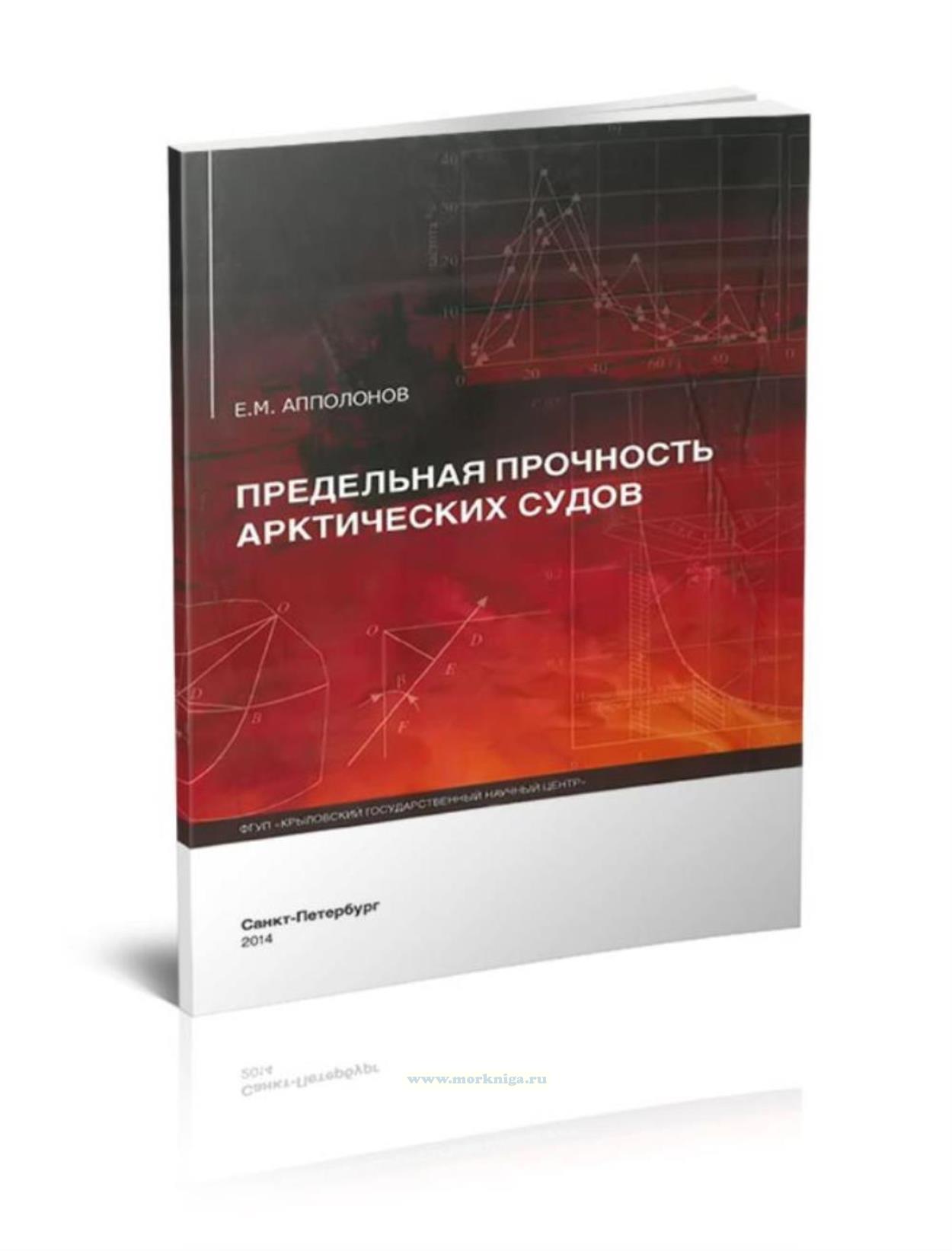 Предельная прочность арктических судов
Предельная прочность арктических судов 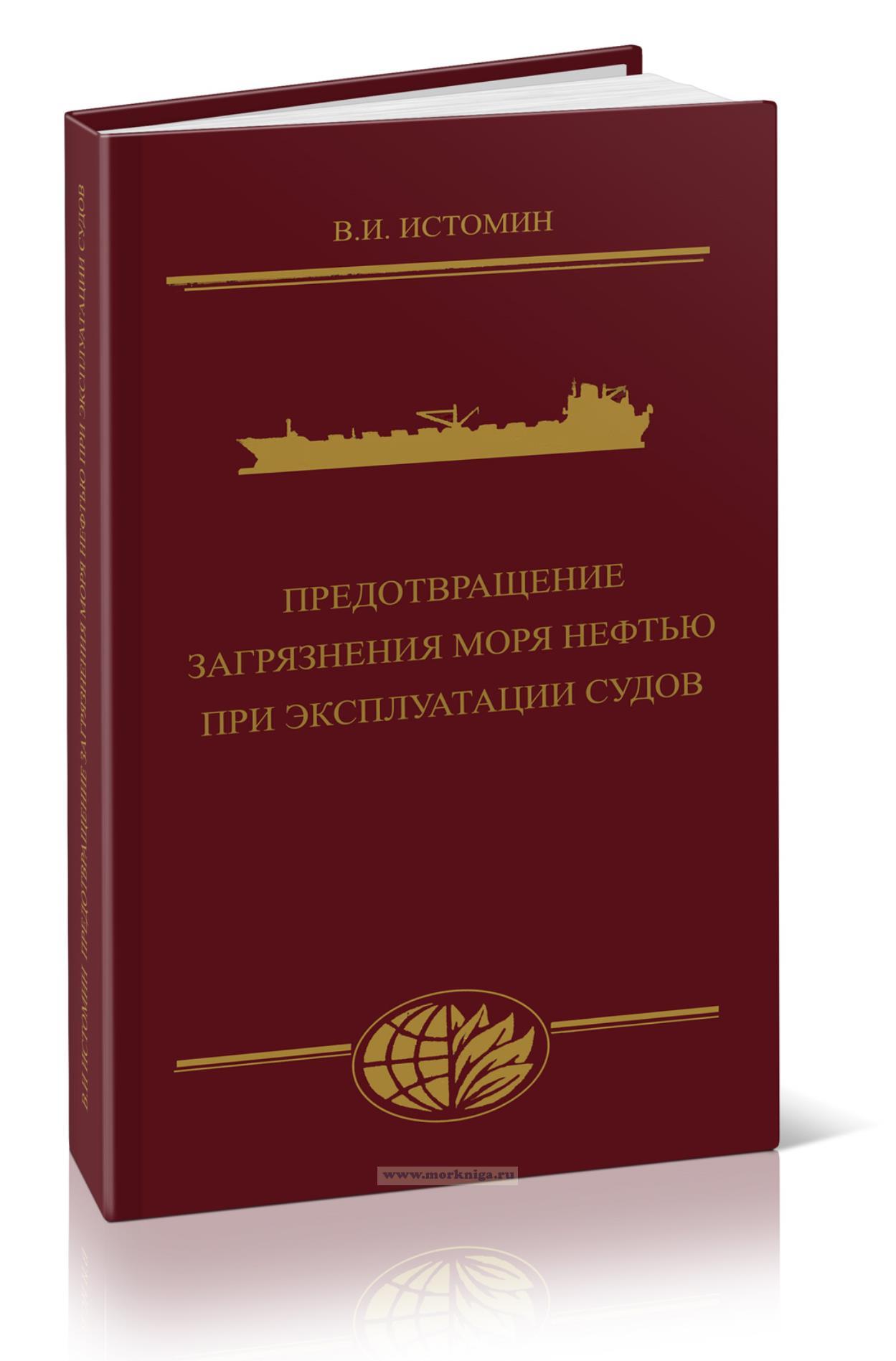 Предотвращение загрязнения моря нефтью при эксплуатации судов. Учебное пособие
Предотвращение загрязнения моря нефтью при эксплуатации судов. Учебное пособие